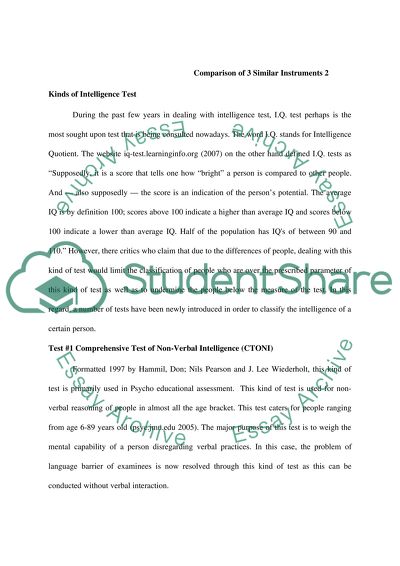Cite this document
(“Kinds of Intelligence Research Paper Example | Topics and Well Written Essays - 2750 words”, n.d.)
Kinds of Intelligence Research Paper Example | Topics and Well Written Essays - 2750 words. Retrieved from https://studentshare.org/psychology/1518599-kinds-of-intelligence
Kinds of Intelligence Research Paper Example | Topics and Well Written Essays - 2750 words. Retrieved from https://studentshare.org/psychology/1518599-kinds-of-intelligence
(Kinds of Intelligence Research Paper Example | Topics and Well Written Essays - 2750 Words)
Kinds of Intelligence Research Paper Example | Topics and Well Written Essays - 2750 Words. https://studentshare.org/psychology/1518599-kinds-of-intelligence.
Kinds of Intelligence Research Paper Example | Topics and Well Written Essays - 2750 Words. https://studentshare.org/psychology/1518599-kinds-of-intelligence.
“Kinds of Intelligence Research Paper Example | Topics and Well Written Essays - 2750 Words”, n.d. https://studentshare.org/psychology/1518599-kinds-of-intelligence.


